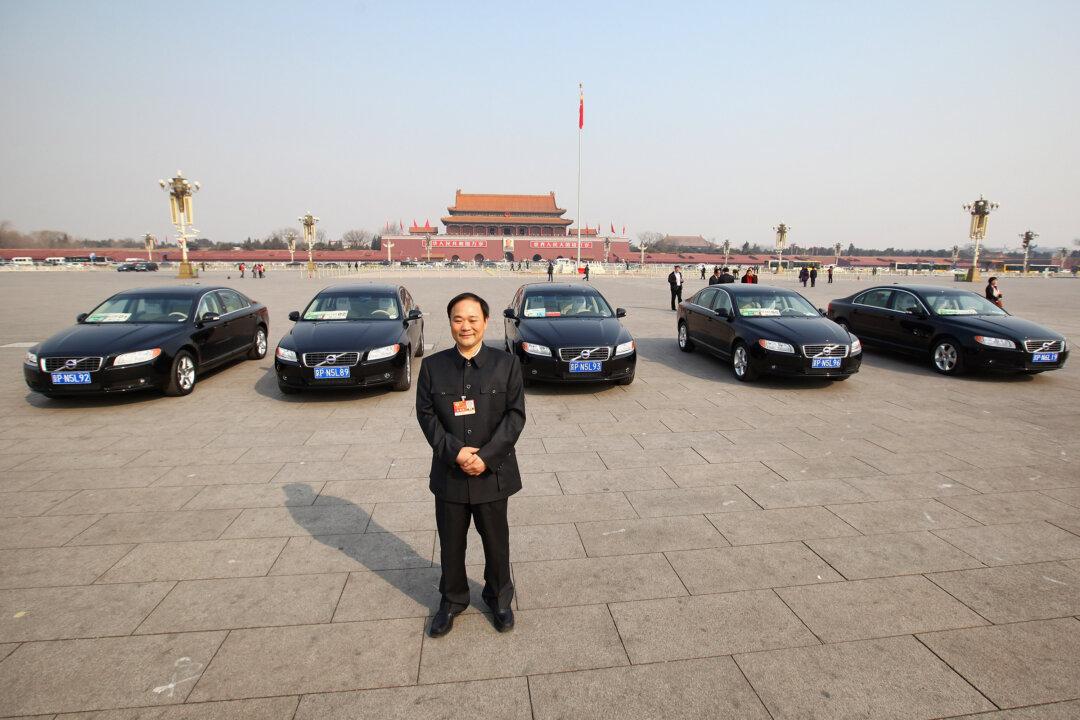It wasn’t long ago that Volvo Cars, the Gothenburg-based Swedish automaker, seemed like it was destined to the same fate as its junkyard-bound Swedish competitor, SAAB.
Volvo is thriving today. It delivered 500,000 vehicles in 2015, the most in all of its history, and its earnings tripled and operating margins doubled compared to the previous year.
China's Zhejiang Geely Holdings bought Volvo in 2010 for $1.5 billion in cash and debt from Ford, a coup for the Chinese company.





